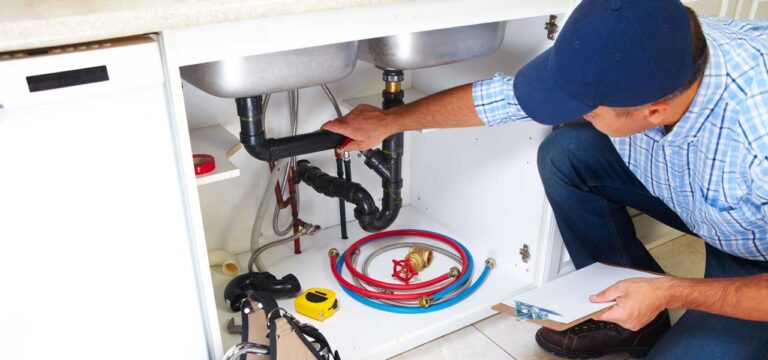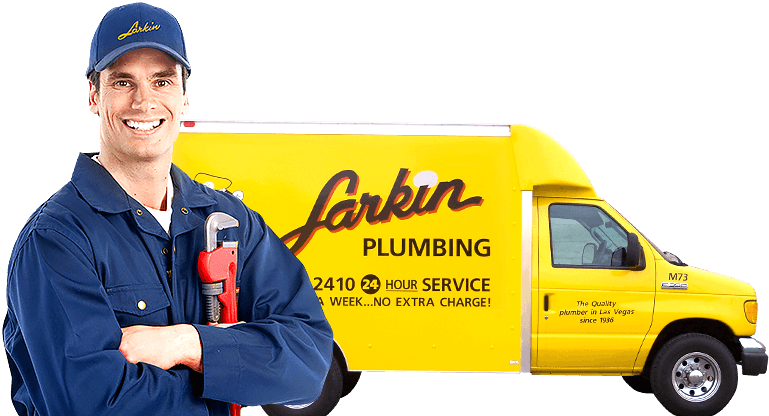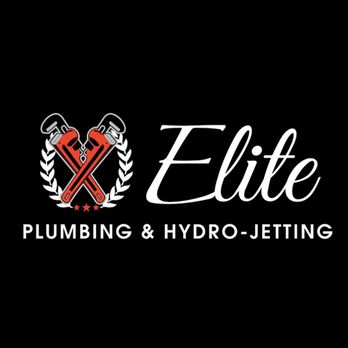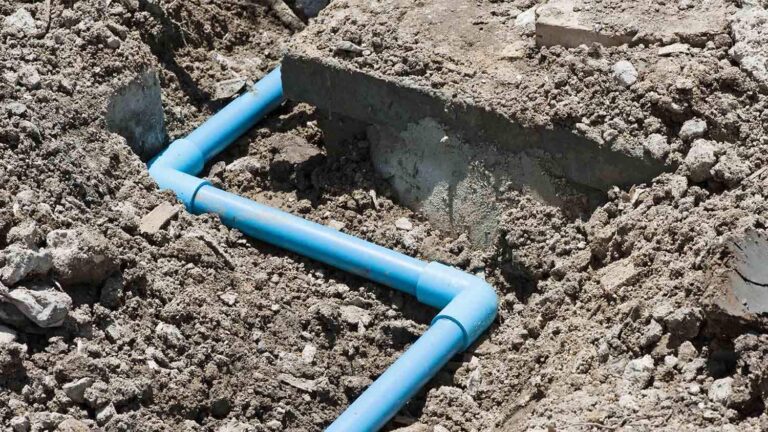What is the most popular plumbing type?
Looking to upgrade your plumbing system but not sure which type to choose? In this article, we’ll delve into the world of plumbing and explore the most popular plumbing types on the market today. From the traditional copper pipes to the versatile PEX tubing, we’ll examine the pros and cons of each option, helping you make an informed decision for your home or business.
When it comes to selecting the right plumbing type, considerations such as durability, cost, and ease of installation play a crucial role. Understanding the advantages and disadvantages of each plumbing material is essential in determining which one aligns best with your specific needs.
Whether you’re a homeowner planning a renovation project or a professional plumber looking to stay up-to-date with the latest trends, this article will provide valuable insights into the most popular plumbing types. With expert guidance and unbiased information, you’ll gain the knowledge necessary to make a well-informed choice that suits your requirements.
Join us as we demystify plumbing types, ensuring you’ll be equipped with the knowledge needed to tackle any plumbing project with confidence. Let’s dive in!
Common types of plumbing systems
Plumbing systems are an integral part of any building, ensuring the efficient flow of water and waste. Over the years, different types of plumbing materials have been used, each with its own set of advantages and disadvantages. Here, we’ll explore the three most popular plumbing types: copper, PVC, and PEX.
Copper plumbing
Copper plumbing has been a staple in the industry for decades, known for its durability and reliability. Copper pipes are widely used in both residential and commercial applications due to their resistance to corrosion, high heat tolerance, and long lifespan. They are also known for their ability to withstand high water pressure, making them suitable for various plumbing needs.
However, copper plumbing does have its drawbacks. One major concern is the cost, as copper pipes tend to be more expensive compared to other materials. Additionally, the installation process can be labor-intensive, requiring specialized tools and skills. Another potential drawback is the risk of theft, as copper pipes are valuable and can be targeted by thieves.
PVC plumbing
PVC, or polyvinyl chloride, is a popular choice for plumbing systems due to its affordability and versatility. PVC pipes are lightweight, making them easy to handle and install. They are also resistant to corrosion and chemicals, ensuring a long lifespan. PVC plumbing is commonly used in residential applications, particularly for drainage and venting systems.
However, PVC pipes are not suitable for hot water applications as they have a lower heat tolerance compared to copper or PEX. They can become brittle over time, especially in colder climates, leading to potential cracks or leaks. It is important to consider the specific needs of your plumbing system before opting for PVC pipes.
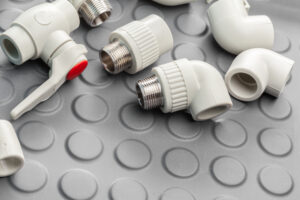
PEX plumbing
PEX, or cross-linked polyethylene, is a relatively newer plumbing material that has gained popularity in recent years. PEX pipes are flexible and easy to install, making them a favorite among DIY enthusiasts and professional plumbers alike. They are resistant to corrosion and freezing, making them suitable for both hot and cold water applications.
PEX plumbing offers several advantages, including lower cost compared to copper, ease of installation, and resistance to scale and chlorine. However, some concerns have been raised about the long-term durability of PEX pipes, particularly in areas with high chlorine levels in the water supply. It is important to consult with a professional plumber to assess whether PEX plumbing is suitable for your specific needs.

Comparing the popularity of copper, PVC, and PEX plumbing
When it comes to popularity, copper plumbing has long been the go-to choice for many plumbers and homeowners. Its durability, heat tolerance, and resistance to corrosion have made it a trusted option. However, the rising popularity of PVC and PEX plumbing cannot be ignored.
PVC plumbing has gained popularity due to its affordability and ease of installation. It is commonly used in residential applications, particularly for drainage systems. The lightweight nature of PVC pipes makes them easy to handle and install, making them a popular choice for DIY projects.
PEX plumbing, on the other hand, has gained a strong following due to its flexibility and versatility. Its ability to withstand freezing temperatures and resistance to corrosion have made it a popular choice for both hot and cold water applications. The ease of installation and lower cost compared to copper have also contributed to its rise in popularity.
Ultimately, the choice between copper, PVC, and PEX plumbing will depend on various factors such as budget, specific plumbing needs, and personal preferences. It is important to carefully assess the pros and cons of each option before making a decision.
Factors to consider when choosing a plumbing type
Choosing the right plumbing type for your home or business involves considering several factors. Here are some key factors to consider:
- Durability: Assess the lifespan and resistance to corrosion of each plumbing material.
- Cost: Consider the upfront cost as well as potential long-term savings.
- Heat tolerance: Determine whether the plumbing material can handle the temperature requirements of your plumbing system.
- Water pressure: Evaluate the ability of the plumbing material to withstand high water pressure.
- Installation requirements: Consider the complexity and labor involved in installing each plumbing type.
- Maintenance: Assess the maintenance requirements and potential repairs for each plumbing material.
- Environmental impact: Consider the environmental implications of each plumbing material, such as recyclability and sustainability.
By carefully considering these factors, you can make an informed decision that best suits your specific plumbing needs.
Choosing the right plumbing type for your home
When it comes to choosing the right plumbing type for your home, it is important to assess your specific needs and preferences. Consider factors such as the age of your home, the existing plumbing system, and any potential future renovations or upgrades.
If you’re looking for a durable and reliable option with proven track record, copper plumbing may be the best choice. However, if affordability and ease of installation are your main priorities, PVC plumbing could be a suitable option. For those seeking flexibility and versatility, PEX plumbing offers a compelling choice.
It is advisable to consult with a professional plumber who can assess your specific plumbing needs and provide expert guidance. They can help you navigate the various options available and recommend the best plumbing type for your home.
Maintenance and care tips for different plumbing types
Regardless of the plumbing type you choose, regular maintenance and care are essential to ensure optimal performance and longevity. Here are some general maintenance tips for different plumbing types:
- Copper plumbing: Inspect for signs of corrosion or leaks regularly. Avoid exposing copper pipes to acidic or alkaline substances. Consider periodic flushing to remove any mineral buildup.
- PVC plumbing: Check for cracks or leaks periodically, especially in colder climates. Avoid exposing PVC pipes to extreme heat or direct sunlight, as it can cause them to become brittle.
- PEX plumbing: Inspect for any signs of damage, such as kinks or leaks. Consider periodic flushing to remove any scale buildup. Be mindful of the chlorine levels in your water supply, as high levels can affect the long-term durability of PEX pipes.
By following these maintenance tips and addressing any issues promptly, you can extend the lifespan of your plumbing system and minimize the risk of costly repairs.
FAQs for What is the most popular plumbing type
Q: How long can I expect copper plumbing to last?
A: Copper plumbing can last anywhere from 50 to 70 years or more, depending on factors such as water quality and proper installation.
Q: Is copper plumbing the best choice for all situations?
A: Copper plumbing is an excellent choice for many situations, but the best material depends on your specific needs, budget, and local conditions. Consult with a plumbing professional to determine the ideal plumbing material for your home.
Q: Are there any eco-friendly plumbing options available?
A: Yes, there are eco-friendly plumbing options such as PEX and CPVC that are designed to reduce water waste and conserve resources. Additionally, you can consider low-flow fixtures and water-saving appliances to further reduce water consumption.
Conclusion:
Making an informed decision for your plumbing needs Choosing the right plumbing type for your home or business is a decision that should not be taken lightly. By understanding the pros and cons of each plumbing material, considering factors such as durability, cost, and ease of installation, and consulting with a professional plumber, you can make an informed decision that meets your specific plumbing needs.
Whether you opt for the traditional durability of copper, the affordability of PVC, or the versatility of PEX, it is important to prioritize functionality, longevity, and cost-effectiveness. Regular maintenance and care are crucial to ensure optimal performance and extend the lifespan of your plumbing system.
With the insights provided in this article, you are now equipped with the knowledge needed to tackle any plumbing project with confidence. Upgrade your plumbing system with the most popular plumbing type that aligns best with your needs, and enjoy the benefits of a reliable and efficient plumbing system for years to come.




